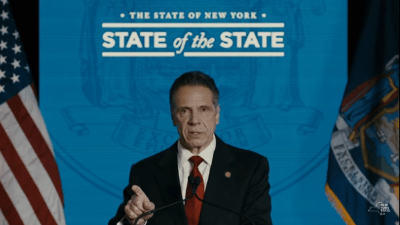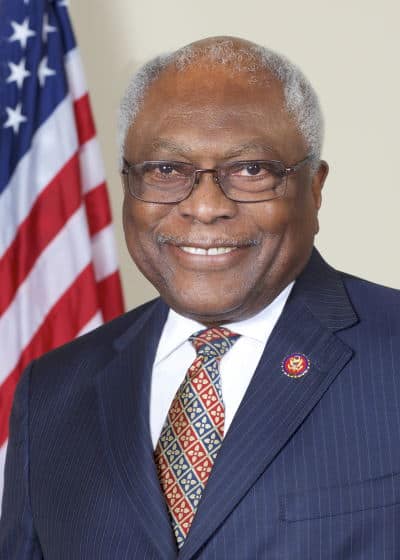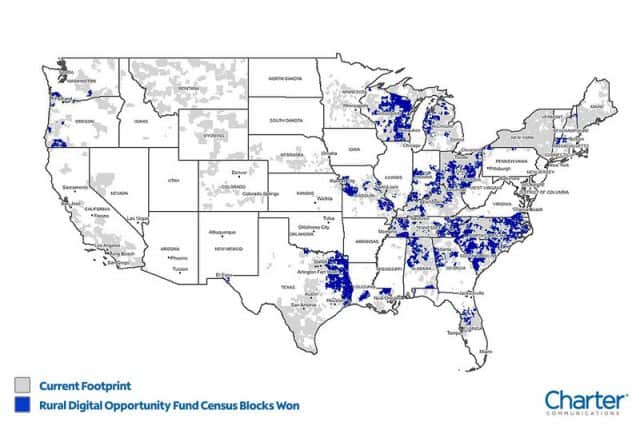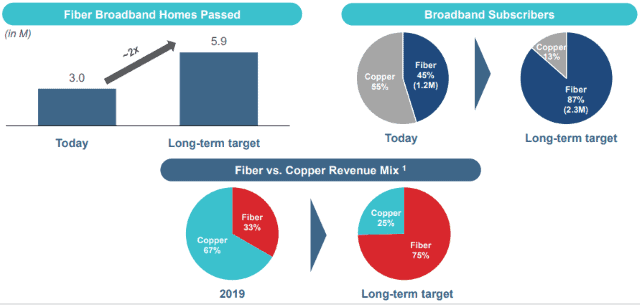
New York Gov. Andrew Cuomo discussed affordable internet at the State of the State address in January 2021.
Low income New Yorkers will soon be able to subscribe to internet service at speeds starting at 25/10 Mbps for $15 a month, thanks to a new law passed by the state legislature and signed by Gov. Andrew Cuomo.
To qualify, a consumer will need to show proof of active enrollment in any of the following programs:
- Medicaid
- Free or discounted school lunches
- the Supplemental Nutrition Assistance Program (SNAP), commonly referred to as “food stamps”
- A senior or disability rent increase exemption
Almost every internet service provider of consequence in New York will be required to introduce a low income discounted internet program by June 2021. Consumers will be offered at least two options, depending on the technological capacity of a provider’s network:
- $15/month basic service at speeds of at least 25/10 Mbps
- $20/month enhanced service bringing download speeds up to 200 Mbps.
Rates will be fixed for at least five years, after which providers can increase prices based on the rate of inflation or by a modest percentage allowed by the state. In 2023, the New York State Public Service Commission will be permitted to require increases in the minimum download speeds offered.
The measure is part of New York’s effort to expand broadband availability and affordability across the state. Earlier broadband funding programs helped expand service into rural, unserved areas. This year, the legislature and the governor are targeting the digital divide between those who can and cannot afford internet access. The state’s largest cable operator, Charter Spectrum, already offers low-income customers its own Spectrum Internet Assist program, with similar qualifications. The company charges $14.99/month for 30/4 Mbps internet service, but excludes current customers from enrolling and may reject customers with past due balances owed in the past.
Gov. Cuomo announced the initiative at the State of the State Address in January. Critics called the plan “window dressing,” noting the state’s largest telecommunications companies including Charter Spectrum, Verizon, Altice, and Frontier already offer internet discount programs. Many also continue to question the governor’s contention that 98% of New Yorkers can now access high-speed internet and the overall cost and quality of service.
To assist residents in finding a suitable provider, the state launched an Affordable Internet website to help consumers sign up for discounted service. In some cases, additional discounts may be available.
The legislation also mandates the Public Service Commission to study and report back on internet accessibility and affordability by this time next year. The PSC will scrutinize how many New York homes and businesses still lack access to high-speed internet, as well as studying how reliable service providers are, what rates they charge, and the current state of competition in New York.
New York consumers can share their own experiences with internet service providers the state will use to guide potential future legislation.
WGRZ in Buffalo took a closer look at whether New York’s mandate for affordable internet service was a game changer or just window dressing. (2:33)


 Subscribe
Subscribe

 Rural Georgians are usually left waiting indefinitely for private industry investment to expand rural internet access. Instead, rural utility cooperatives are now stepping up to solve the rural broadband problem in parts of the state, often without waiting for government subsides.
Rural Georgians are usually left waiting indefinitely for private industry investment to expand rural internet access. Instead, rural utility cooperatives are now stepping up to solve the rural broadband problem in parts of the state, often without waiting for government subsides.


 In 2021, the company announced it had “planning and engineering” underway for unspecified fiber to the home service upgrades in copper service areas “in select regions.” But most of Frontier’s fiber upgrades will take place over the next decade. Specifically, Frontier plans to wire up to 2.9 million homes with fiber using a combination of its own money and subsidy funds provided by the FCC. Frontier’s new owners have signaled they will not go out on a limb to finance rapid fiber upgrades, and you better live in a state where fiber upgrades are being given priority.
In 2021, the company announced it had “planning and engineering” underway for unspecified fiber to the home service upgrades in copper service areas “in select regions.” But most of Frontier’s fiber upgrades will take place over the next decade. Specifically, Frontier plans to wire up to 2.9 million homes with fiber using a combination of its own money and subsidy funds provided by the FCC. Frontier’s new owners have signaled they will not go out on a limb to finance rapid fiber upgrades, and you better live in a state where fiber upgrades are being given priority.